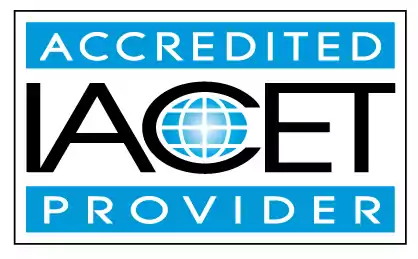Describe the proper procedures of medication administration including: authorizations forms, documentation, storage, training, emergent issues, and resources.
Learn the proper procedures for medication administration in early childhood education and child care centers. This page covers authorization forms, documentation, storage, training, emergent issues, and valuable resources. Discover how to address various emergency situations and follow the correct procedures to ensure children's safety.Trainings incorporating this outcome
CDA Subject Areas
Proficiency Level
Topic Areas
120 hours courses
45 hours courses
40 hours courses
32 hours courses
30 hours courses
24 hours courses
15 hours courses
10 hours courses
6 hours courses
3 hours courses
2 hours courses
Related Outcomes
- Describe various emergency situations and the proper procedures to address them.
- Demonstrate an understanding of the proper procedures for administering medication in the childcare setting.
- Describe procedures for communication and preparation during an emergency.
- Describe the role of a CDA home visitor and include examples of home visitors.
- Describe additional provisions to the emergency preparedness plan
- Describe how to effectively respond to emergency situations
- Describe the various forms of bullying
- Identify the appropriate forms and procedures for reporting child abuse and neglect
- Describe the components of emergency preparedness in the child care setting.
- Demonstrate an understanding of how promoting an integrated curriculum including field trips and community resources promotes development
- Explain the importance of using contracts and employee training & screening procedures.
- Describe what and how to respond to the following emergency situations: loss of water, serious injury, loss/death of child, etc.
- Describe ways administrators can observe and assess staff.
- Describe the components of an emergency preparedness plan for child care facilities
- Demonstrate an understanding of proper food storage and preparation.
- Demonstrate an understanding of Child Care Regulations forms and required documentation
- Define what is an emergency and the legal requirements for emergency preparedness for child care professionals.
- Describe emerging literacy skills in young children.
- Identify the benefits of field trips and the proper procedures for field trip planning.
- Describe ways to maintain communication and ensure preparedness during emergencies
Related Articles
- Nevada Initial Training Requirements: Medication Administration
- The Ultimate Guide to Medication Administration Training for Child Care Providers
- Medical Administration Training for Child Care: Where to Get It.
- Medication Administration Training for Child Care Providers
- Family Child Care providers required to take the 6 Hour Medication Administration training by January 2016
- Top Medication Administration Training Certification Courses You Need to Know About
- MSDE/OCC Approved CPR, First Aid, AED & SIDS Training Organizations: Ensuring Quality Training
- Emergency Preparedness Training
- Free CDA Credential including 120 hours of training
- Early Childhood Program Administration: A Comprehensive Training Course
- Emergency Preparedness Training for Childcare Providers: Keeping Kids Safe in a Crisis
- MSDE Recently Updated Forms or Documents
- Stay Ready: First Aid and Emergency Procedures in Early Childhood Education
- 6 Hour Medication Class Training
- Why take CDA training with ChildCareEd? Free Resources
- Essential Resource for Child Care Providers: Free Emergency Preparedness Plan
- Emergency Preparedness Training Every Childcare Provider MUST Know
- CPR and First Aid Training for Child Care Providers: Essential Skills for Emergencies
- Child Care Centers and Providers Emergency Preparedness Training
- Emergency Preparedness training
 12 CEUs
12 CEUs